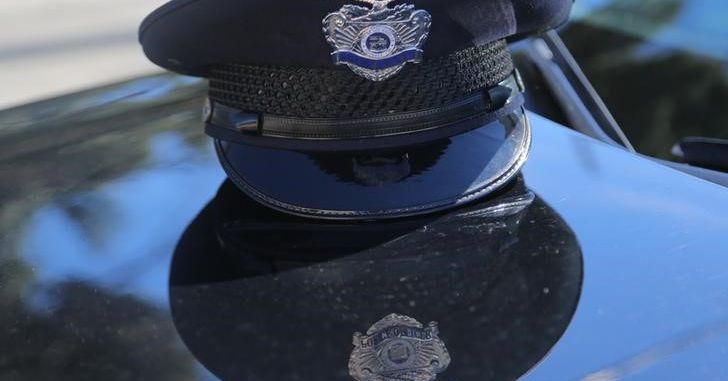My job was broken in to. They sent a detective. He looked around and told us there was basically zero chance he’d catch the guy.
I found a cigarette butt outside. He said “It could be anybody”. I said “nobody here smokes”. He said “even if it’s his, there’s little chance it’s a DNA match.”
To his credit, the detective took the cigarette butt and tested it. There was a DNA match to a guy living in our small town who’d been in jail three times for robbery meaning the cops knew exactly who he was and what he did for a living but weren’t doing anything to stop him.
When they went to his house they found everything of ours that he couldn’t sell.
Why not just automate traffic violations and remove 83% of police?
Red light cameras, sure. It can be done fairly - not that it is everywhere.
Speed cameras just trap people new to an area. The people who live in an area learn to avoid them and thus they don’t stop habitual speeders who are a danger. Plus they can’t be everywhere.
The bias needs to be taken out of it. Police can’t seem to stop themselves from racial profiling. Its like a compulsion.
I used to drive truck over the road, and I can attest to the fact that those red light cameras can also be made very deliberately unfair. The city of Hannibal, Missouri had these cameras at the intersection of Highway 61 and Red Devil, at the bottom of a steep hill. About 1/5 of a mile up the hill south of the intersection was a pole with a sensor on it set to about 12’6". I observed that any time any vehicle over that height passed that sensor, the light would trip to red. And it was set at a distance that a loaded semi would be all but guaranteed to run that light. Those of us who traveled that corridor with any frequency knew the sensor was there, and would try to want other drivers over the CB, but a lot of drivers had stopped routinely using the CB by then, so the light proved quite lucrative. At least, until it started causing wrecks from the trucks jackknifing in the intersection in the winter. That setup ran for three or four years before the city was dragged into court over it and forced to remove the red light cameras, though it was done in such a way as to question the enforceability of the tickets and without ever directly acknowledging that the cameras were set up to entrap commercial vehicles.




